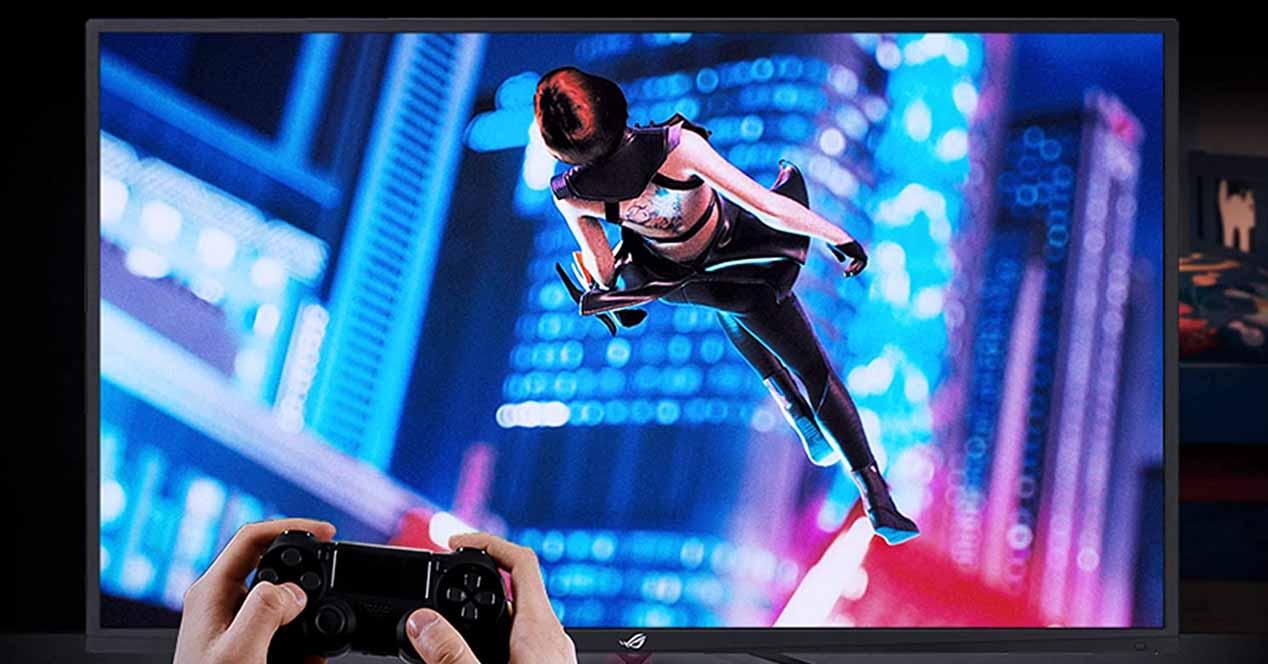ASUS VG278QR Gaming Monitor
We are dealing with a 27 inch gaming monitor with Full HD resolution, something quite conventional today but not so conventional is the fact that its LED-TN panel has a response time of 0.5ms, 165Hz refresh rate. compatible with AMD FreeSync and NVIDIA G-Sync to synchronize FPS with refresh rate to avoid ghosting and tearing, and that it has 400 cd / m2 of typical brightness on l ‘screen.
The stand of this monitor is adjustable in terms of height, rotation and tilt, and you can even put the monitor upright if you want. It is VESA 100 docking compatible, has flicker-free eye protection and low blue light, and as video inputs it has built-in HDMI port, DisplayPort and DVI.
ASUS VG258QR
This is a version exactly the same as the previous one, sharing all of its features, but with a screen size of 24.5 inches for those who don’t have as much room on their desk to accommodate a screen of 27 inches. For the rest, all its character istics are exactly the same because, as we said, it is a slightly smaller version of the previous one.
If the first model had a 32% reduction, this one has a 21% which is not bad at all and makes you have an ASUS gaming monitor at a fairly cheap price, because as you surely already know , it is not that this is a manufacturer that sells very cheaply.
ASUS ROG Strix XG438Q
This monitor is almost almost a gaming TV, or rather a BFGD (Big Format Gaming Display) since its diagonal is no less than 43 inches, and of course it will not fit all desktops. This is a 4K UHD (3840 x 2160 pixels) resolution monitor with 4ms response time on an LED-VA display with 120Hz refresh rate compatible with AMD Freesync 2 HDR technology, because as you will already assume It is also DisplayHDR 600 certified and has DCI-P3 color coverage of 90%. Its maximum brightness is also 450 cd / m2.
Of course, because the screen is so large, its “base” (which looks more like a tripod) does not allow for height, tilt or rotation adjustment. It features a bright “hologram” with the ROG logo that can be configured with ASUS Aura Sync software, and as video inputs it has a DisplayPort 1.4, three HDMI 2.0 ports and a USB 3.1 Gen 1 hub.











